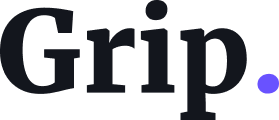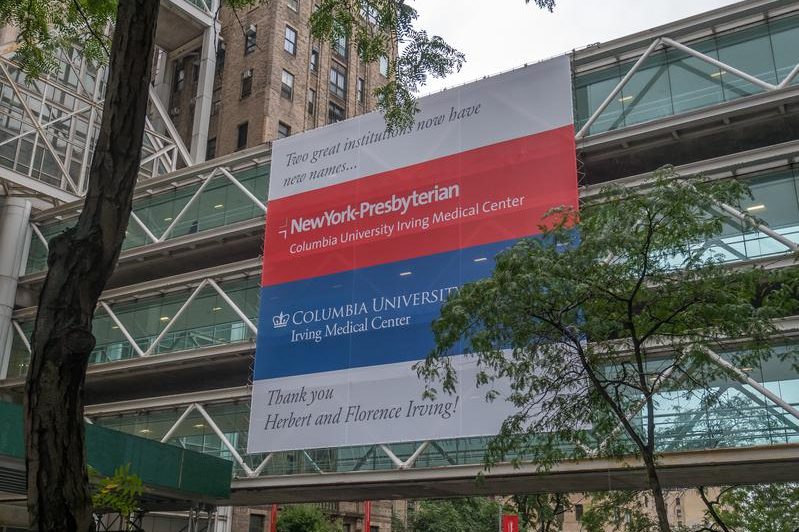This is a transcript of the podcast episode, Kristy Grant-Hart walks us through the compliance technology review, featuring a discussion between GRIP’s US Content Manager Julie DiMauro and Kristy Grant-Hart, Vice President, Head of Advisory Services for Spark Compliance.
[INTRO]
Julie DiMauro: Greetings, everyone, and welcome to a Global
I
Register for free to keep reading.
To continue reading this article and unlock full access to GRIP, register now. You’ll enjoy free access to all content until our subscription service launches in early 2026.
- Unlimited access to industry insights
- Stay on top of key rules and regulatory changes with our Rules Navigator
- Ad-free experience with no distractions
- Weekly podcasts from trusted external experts
- Fresh compliance and regulatory content every day













